The Formula 1 Teams That Never Really Succeeded
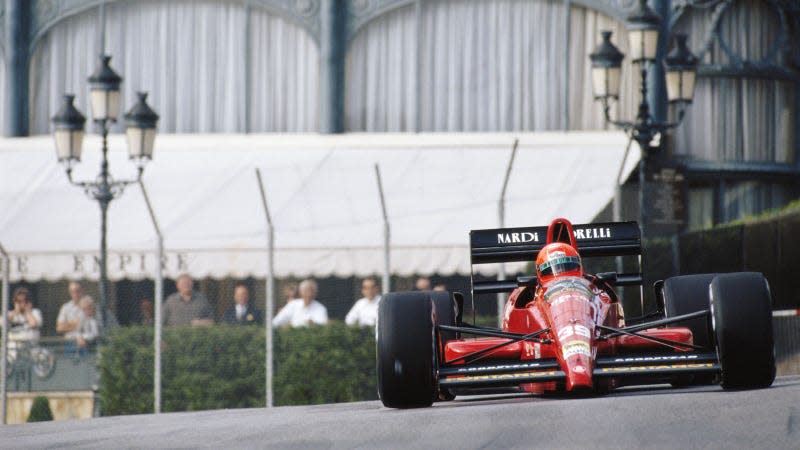
Racing is for Life, not just for Christmas.
It’s quite an exciting time in Formula 1 right now: For the first time in years, the series is seriously considering adding a new team to the grid. A tie up between Andretti and General Motors is an attractive proposition for the sport’s 11th team, and has all the hallmarks of a successful F1 squad: big budgets, familiar names and a drive for success.
But, it’s far from being the first new team to try and make it in F1 alongside stalwarts like Williams, Ferrari and McLaren. In fact, over the years, Formula 1 has seen loads of teams dip a toe into top-tier racing, with varying levels of success.
Read more
So, before we look ahead and guess what Andretti could bring to F1, let’s take a moment to consider the more unfortunate entries in F1. The ones that came roaring into the sport with glitzy liveries, new approaches and aspiring drivers, but left with no money and no points.
Caterham F1 Team
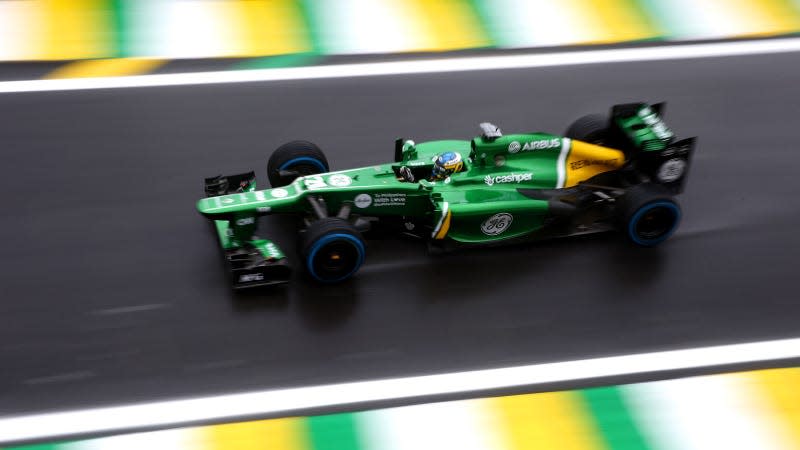
First Race: 2010 Bahrain Grand Prix
Last Race: 2014 Abu Dhabi Grand Prix
Best Result: 11th in the 2012 Brazilian Grand Prix
This Malaysian racing outfit entered the sport as Lotus Racing in 2010 before Renault re-branded as Lotus, forcing Lotus to change its name to Caterham for the 2012 season. Do you follow?
The squad brought drivers like Will Stevens and Marcus Ericsson to the sport. But, despite having a future Indy 500 winner in its ranks, the F1 results never rolled in. After five seasons in the sport, it had amassed no points and left F1 after it was forced into administration.
HRT Formula 1 Team
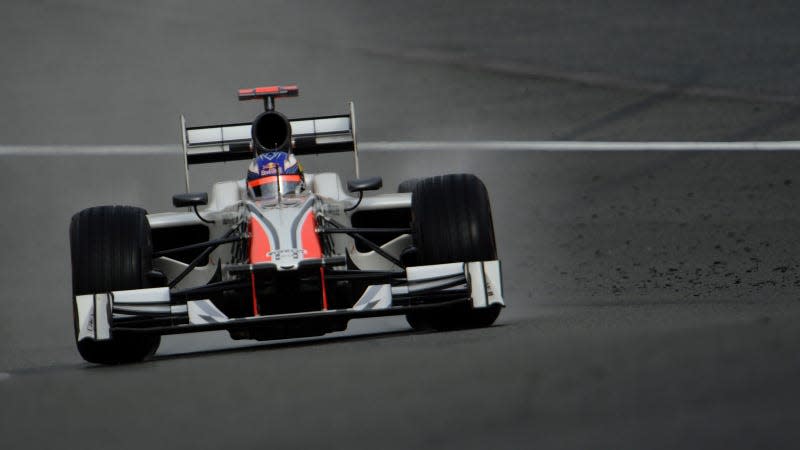
First Race: 2010 Bahrain Grand Prix
Last Race: 2012 Brazilian Grand Prix
Best Result: 13th in the 2011 Canadian Grand Prix
Another new team that entered into F1 as part of a 2010 shakeup was HRT, which entered its first race of the season with Bruno Senna and Karun Chandhok at the wheel.
The Spanish team had a pretty pointless three-year stint in F1, with its best result coming in 2011 when Vitantonio Liuzzi finished 13th at the 2011 Canadian Grand Prix. The team did, however, give eight-time race winner Daniel Ricciardo his debut in the sport as he replaced Narain Karthikeyan halfway through the 2011 season.
Larrousse
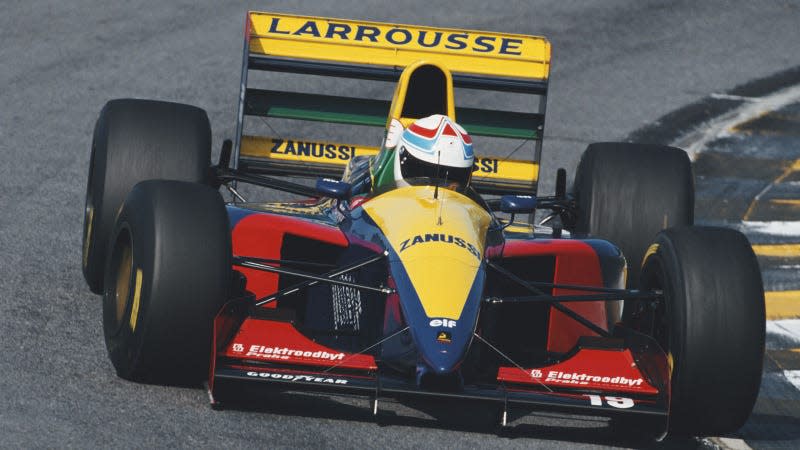
First Race: 1987 San Marino Grand Prix
Last Race: 1994 Australian Grand Prix
Best Result: 3rd at the 1990 Japanese Grand Prix
French team Larrousse entered 127 grands prix during its eight-year stint in F1. And it wasn’t all bad over those years, with the squad amassing more than 50 top-10 finishes and even a podium at the Japanese Grand Prix in 1990.
But, despite collecting 23 points during its run, the Larrousse team was plagued with reliability issues. Then the money started to dry up as the team wasn’t getting its hands on the prize funds it expected. As such, Larrousse didn’t make it onto the grid in 1995 as sponsors fell by the wayside.
Leyton House Racing
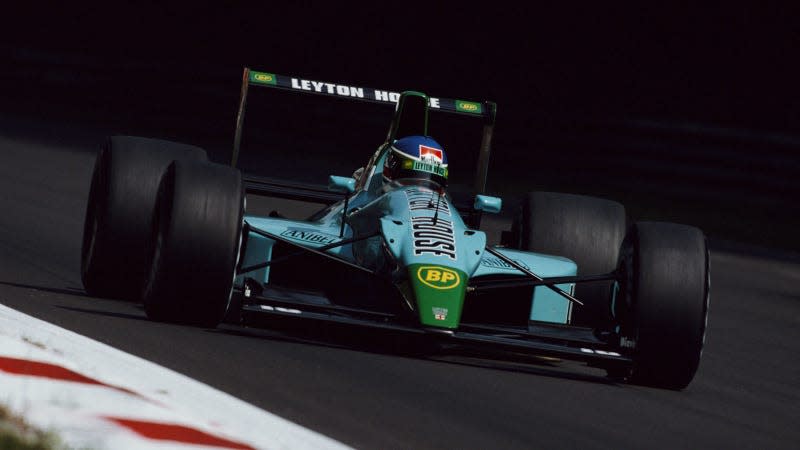
First Race: 1990 United States Grand Prix
Last Race: 1991 Australian Grand Prix
Best Result: 2nd at the 1990 French Grand Prix
Backed by a Japanese real estate firm, the Leyton House team was, in essence, a rebrand of the March squad that had raced in F1 in the 1970s and 1980s. Despite having race-winning origins, the Leyton House team never quite lived up to its historic results.
In fact, the team was beset with reliability issues across its two seasons in F1. Over two years in the sport, Leyton House only had four races where neither of its drivers were forced to retire.
Life Team
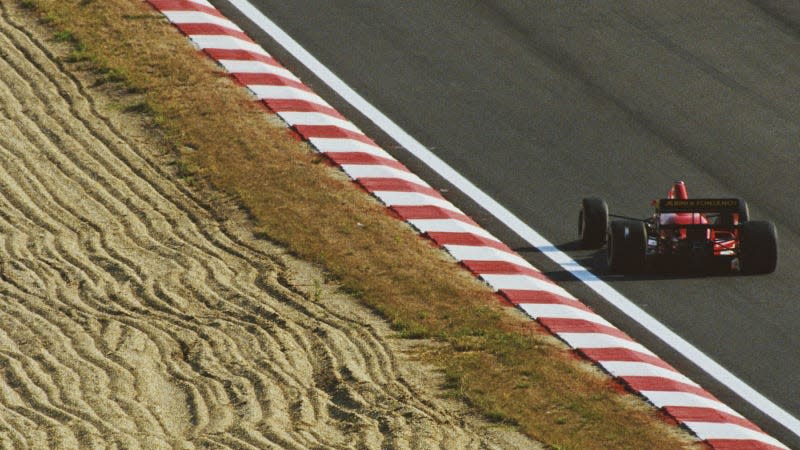
First Race: 1990 United States Grand Prix
Last Race: 1990 Spanish Grand Prix
Best Result: N/A
You can’t talk about failed F1 teams without talking about the 1990s effort from the Life Team. What started as an engine supplier became a full team for the 1990 season, with Gary Brabham and famed Italian racer Bruno Giacomelli at the wheel.
But the car entered by Life wasn’t up to Giacomelli’s usual standards. And despite having the third-place finisher from the Caesars Palace Grand Prix at the wheel, the Life Team failed to qualify for a single race in 1990.
Manor Racing
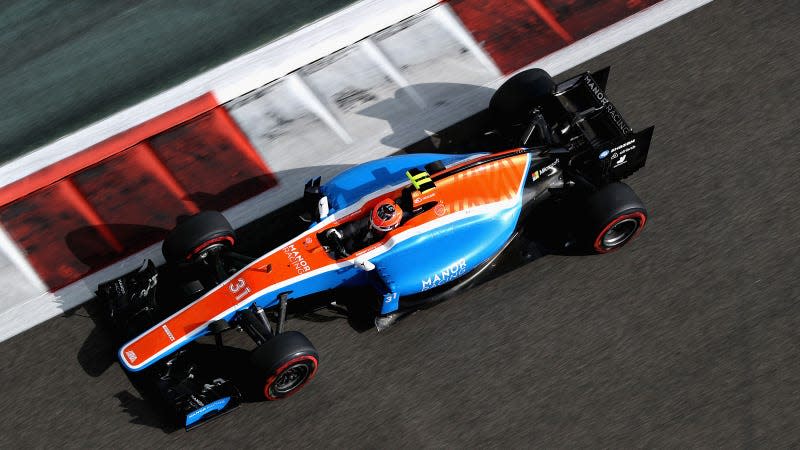
First Race: 2010 Bahrain Grand Prix
Last Race: 2016 Abu Dhabi Grand Prix
Best Result: 9th at the 2014 Monaco Grand Prix
Probably the most successful of F1’s new entries for 2010 was the Virgin Racing team, which was also known as Marussia and Manor over its six years in the sport. The team, which started out at a base in Yorkshire (where I’m from), notably gave Jules Bianchi his start in F1.
Despite managing to survive for seven full seasons in F1, the squad went into administration (aka bankruptcy) in 2017 and never made a comeback to the grid. It finished its time in F1 with just three world championship points to its name.
Midland
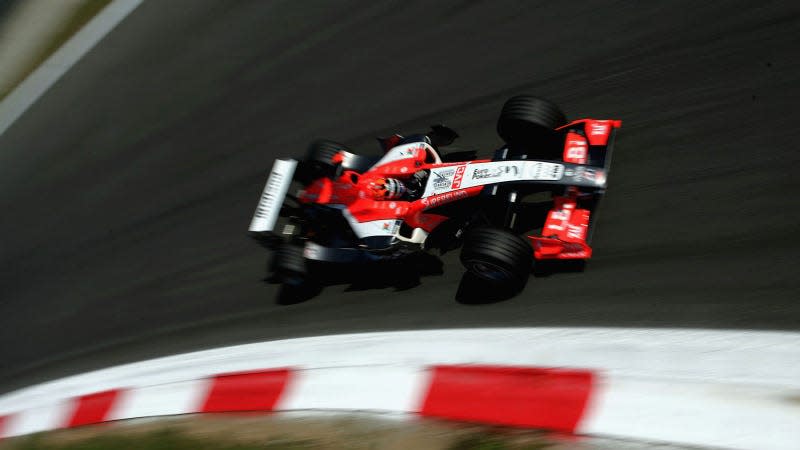
First Race: 2006 Bahrain Grand Prix
Last Race: 2006 Brazilian Grand Prix
Best Result: 6th at the 2006 Hungarian Grand Prix
One of many iterations of the squad affectionately known as “team Silverstone” was Midland, which raced in the 2006 season.
Born out of the sale of the Jordan team, Midland had a tough season in F1, scoring no points after poor race pace and an onslaught of DNFs. The team’s best result for the year was ninth place at the Hungarian Grand Prix, but this came at a time when points were only awarded to the top eight finishers.
Pacific Racing
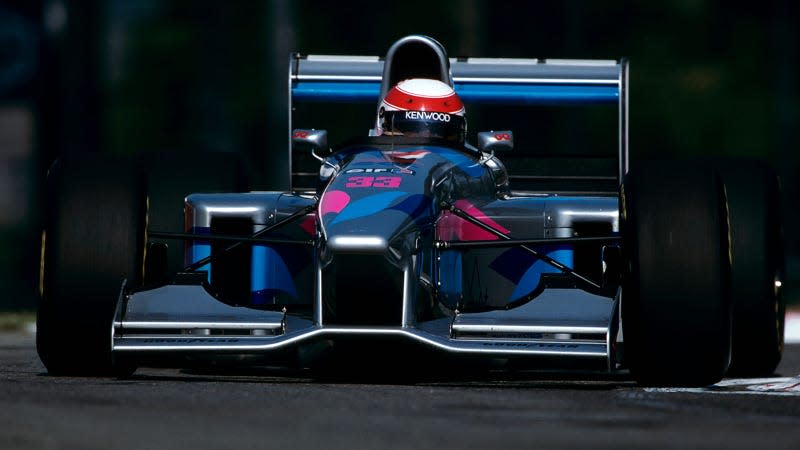
First Race: 1994 Brazilian Grand Prix
Last Race: 1995 Australian Grand Prix
Best Result: 8th at the 1995 German Grand Prix
You know you’ve got issues when you can only muster six finishes across 33 grand prix weekends. That’s the record of Pacific Racing, which made the step up to F1 after several successful campaigns in feeder series such as British F3 and Formula 3000.
After just two seasons in top-tier motorsport, Pacific Racing withdrew from F1 and went back to lower single-seater series and endurance racing.
Prost Grand Prix
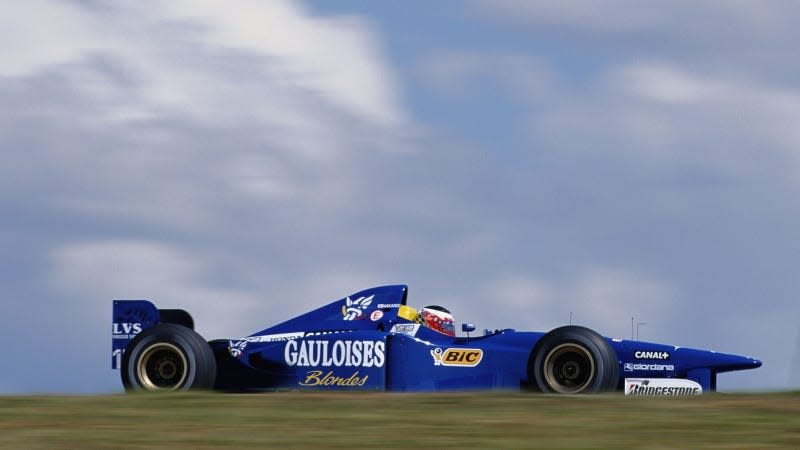
First Race: 1997 Australian Grand Prix
Last Race: 2001 Japanese Grand Prix
Best Result: 2nd at the 1997 Spanish Grand Prix and 1999 European Grand Prix
Probably the most successful team in this roundup, but still a squad that left the sport without a win, surrounded by debt. Prost Grand Prix was formed from the ashes of the Ligier team, which won nine races over 20 years in the sport.
But despite early promise in the 1997 season, which saw it take third place at only its second race and a second-place finish a few weeks later, the Prost squad was plagued with DNFs. And, after five years in the sport, it left F1 with 35 points to its name.
Scuderia Centro Sud
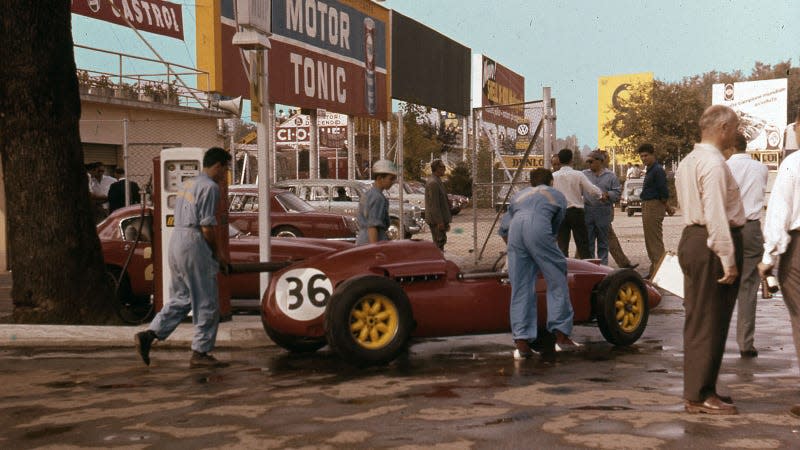
First Race: 1956 Belgian Grand Prix
Last Race: 1965 Italian Grand Prix
Best Result: 3rd at the 1957 Monaco Grand Prix
An early pioneer of the sport was Italian outfit Scuderia Centro Sud, which entered F1 in the 1950s and ‘60s. The team, which fielded cars from Maserati, Ferrari and Cooper over the years, did have stints of success and even picked up a podium and seven top five finishes.
As well as fielding Carroll Shelby in 1958, the squad also holds the record as the first team to run a female driver in Formula 1. The side entered Maria Teresa de Filippis in the 1958 Portuguese Grand prix, where she was forced to retire after an engine failure.
Simtek
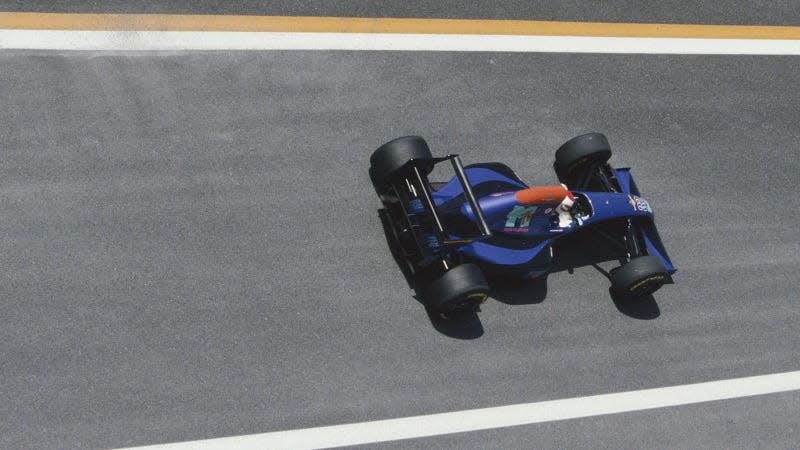
First Race: 1994 Brazilian Grand Prix
Last Race: 1995 Monaco Grand Prix
Best Result: 9th at the 1994 French Grand Prix and 1995 Argentine Grand Prix
Ah Simtek, a team that promised so much but delivered so little. Founded by man of questionable morals, Max Mosley, it began as a research firm that offered wind tunnel services to other F1 teams.
For the 1994 season, the side went all in and fielded a team of its own comprising drivers including David Brabham, Jean-Marc Gounon and Roland Ratzenberger, who tragically died behind the wheel of his Simtek car at the 1994 San Marino Grand Prix.
Super Aguri
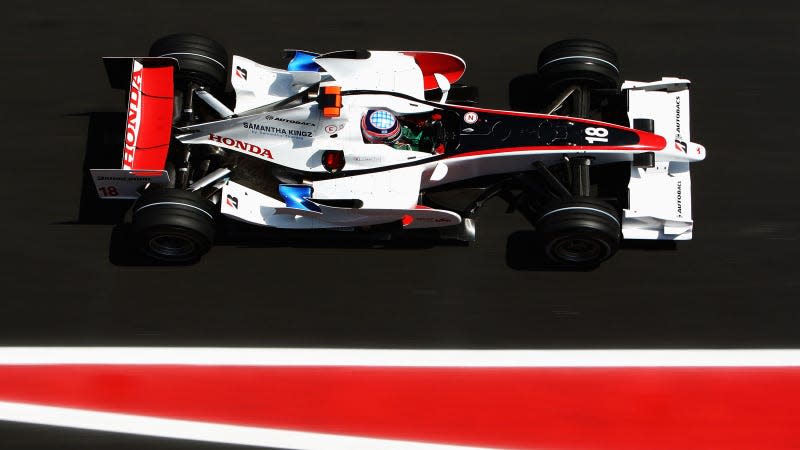
First Race: 2006 Bahrain Grand Prix
Last Race: 2008 Spanish Grand Prix
Best Result: 6th at the 2007 Canadian Grand prix
Founded by former F1 driver Aguri Suzuki, Super Aguri was formed out of the ashes of the former Arrows team. Through its two years in the sport, Super Aguri ran Honda engines and worked effectively as a “B-team” to the sister squad. However, while Honda picked up victories and podiums, Super Aguri had no such luck.
After two full seasons, Super Aguri struggled to make a third and dropped out of the 2008 championship after the fourth race of the year.
Spyker
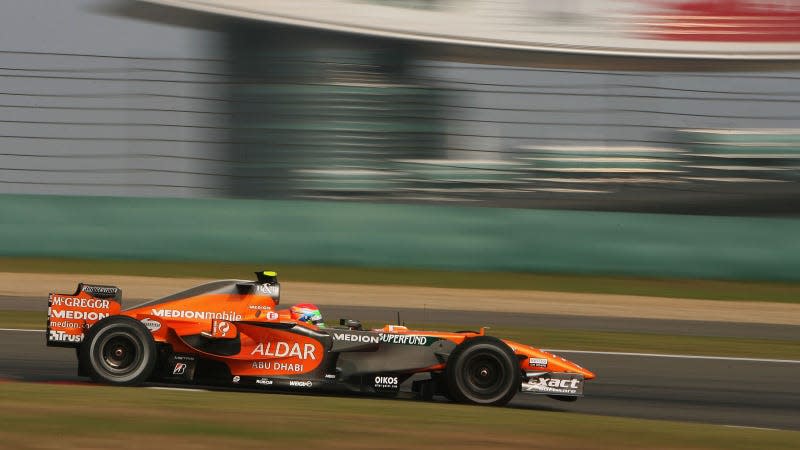
First Race: 2007 Australian Grand Prix
Last Race: 2007 Brazilian Grand Prix
Best Result: 8th at the 2007 Japanese Grand Prix
I remember that even me, in my fledgling F1 fan days, knew that Spyker as an F1 team was an odd choice. The Dutch supercar maker took the reigns at Midland after it pulled out of the sport and managed the side for just one full season.
In that time, it managed one top 10 finish and scored just a single world championship point thanks to an eighth-place finish for Adrian Sutil in Japan. At the end of the season, the side was sold off to Indian businessman Vijay Mallya, who owned the re-named Force India team until he became a fugitive on the run.
More from Jalopnik
Sign up for Jalopnik's Newsletter. For the latest news, Facebook, Twitter and Instagram.

 Yahoo Autos
Yahoo Autos 